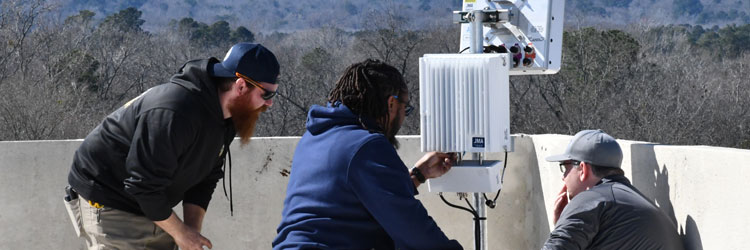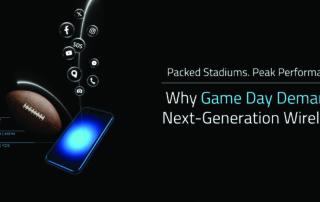The United States is home to one of the largest educational systems in the world, with approximately 81 million students attending K-12 (elementary, middle, and high school), colleges and universities, and preschool.
Preschool Students
K-12 Students
College Students
Those 81 million students attend one of approximately 137,000 schools across the country. Publicly-funded K-12 schools make up the greatest share of that total, checking in at 97,568 individual schools. All told, there are 13,598 school districts across America.
Over the decades, school enrollments have incrementally increased, while the total number of schools has decreased. However, the greatest shift in American education has been the widespread adoption of technology in the classroom.
According to statistics compiled by Gallup, technology is an essential – and growing – part of the in-school student experience:
of educators and administrators say digital learning tools are effective
of teachers say they use digital learning tools every day
of students are provided a dedicated device (laptop, tablet) by their school
In-school Connectivity
Schools are pivoting to cellular- and WiFi-enabled devices as key tools in educating today’s students. Surveys reveal about two in five students are provided with a school-issued device to complete coursework and research, and the percentage is growing annually. To adequately support the use of devices in classrooms, schools need a highly-performing wireless network.
|
To learn more about how Pierson Wireless can optimize your school’s digital footprint, check out our information related to in-building cellular enhancement.
|
In-School Connectivity
Schools are pivoting to cellular- and WiFi-enabled devices as key tools in educating today’s students. Surveys reveal about two in five students are provided with a school-issued device to complete coursework and research, and the percentage is growing annually. To adequately support the use of devices in classrooms, schools need a highly-performing wireless network.
To learn more about how Pierson Wireless can optimize your school’s digital footprint, check out our information related to in-building cellular enhancement.
Digital Divide
Every child deserves the opportunity to benefit from education. Unfortunately, not every student has equal access to broadband internet at home.
The term “digital divide” was developed in the 1990s to highlight the challenges faced by those lacking access to affordable broadband, in comparison to those who utilized it on a regular basis. The National Telecommunications and Information Association (NTIA) issued an internet use survey in 2022 that indicates 4.4 million households say they cannot afford broadband access, and another million households state there is no broadband option available to them.
The rise of private networks has proven successful for cities, counties, and school districts that want to provide unserved communities and students with a carrier-grade broadband option. Utilizing spectrum options like CBRS, EBS, MuLTEFire, and GlobalStar, private networks can be deployed that offer dedicated, secure, high-capacity, and low-latency broadband access that’s more cost-efficient than other network options.
To learn more about how Pierson Wireless can engineer a private network solution that bridges the digital divide, visit our Private Network resource page.
School Safety
Technology makes schools safer. It allows school administrators to quickly and effectively communicate key information within the building, as well as with first responders arriving on the scene to assist in an emergency situation.
Schools are designed to both educate and provide shelter for students. The widespread use of heavy building materials like concrete, steel, brick, and cinderblock, and the number of classrooms located inside the school create significant challenges for cellular and two-way radio connectivity.
To learn more about eliminating low-coverage zones for cell phones, click here. To learn more about Public Safety DAS, how it works, and why it is essential to school safety, check out our resources here.
Our Education Partnerships

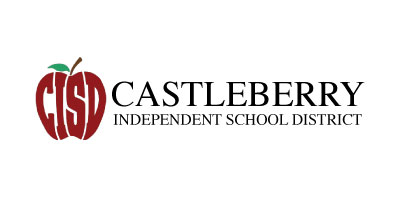
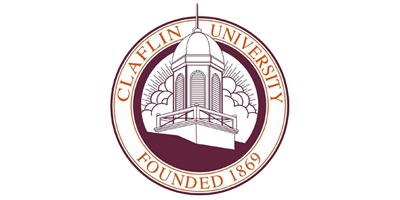





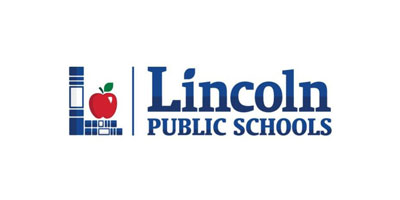



















Our Education Partnerships

|

|

|

|

|

|

|

|

|

|

|

|

|

|

|

|

|

|

|

|

|

|

|

|

|

|

|

|










